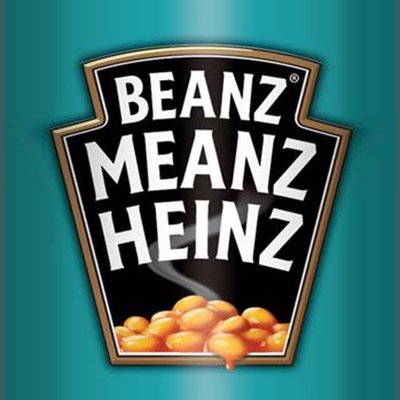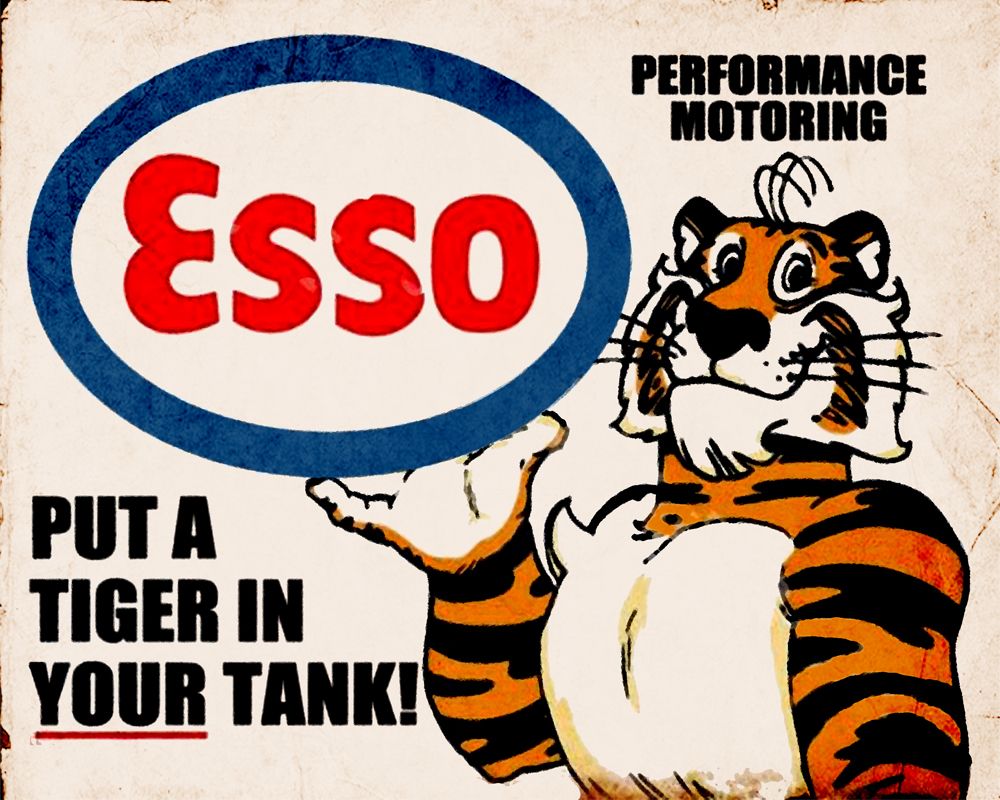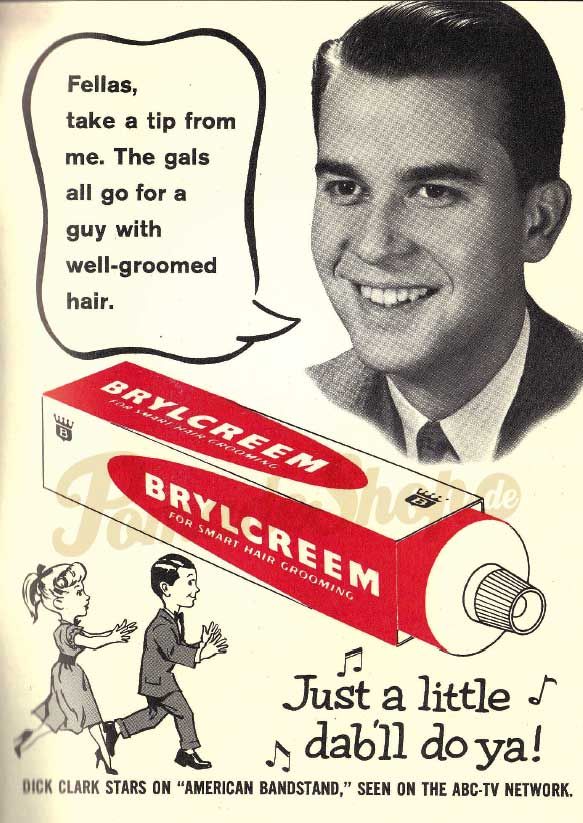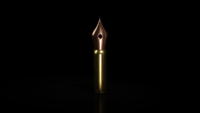There are a lot of linguistic devices you can use to grab your customers’ attention. In this article, we’ll introduce you to some of the most effective writing techniques that will make your campaigns jump off the screen and stick in people’s minds.
You don’t need to be a great writer to write great copy, you just have to know what people want and how to deliver it to them. The following techniques will guarantee that your message is delivered in style.
Isocola:
Isocola are constructed by putting together two or more clauses of equal structure, rhythm and length.The most famous example of this device is Julius Caesar’s famous quotation ‘Veni, vidi, vici’ (‘I came, I saw, I conquered.’). This particular isocolon is known as a tricolon, because it has three parts. In advertising, you’ll probably only find bicolons (made of two parts) and tricolons. This is because tetracolons (4 parts) and beyond become too long for purpose and lose their catchiness and appeal. Here are some examples of successful isocola which have been used by global brands to sell their products.
Bicola:
Maybelline - ‘Maybe She’s Born With It, Maybe It’s Maybelline.’
M&Ms - ‘Melts in your mouth, not in your hands.’
Tricola:
Jaguar- ‘Grace, Space, Pace’
Heinz- Beanz Meanz Heinz - This one is not technically an isocolon because the three parts are not separate. However, because of the way it was presented on the cans and the fact that each word is sounded with equal stress, it falls into line enough to be included.

Anaphora
Anaphora is an ancient literary device which uses repetition to generate emphasis. Here’s a very good chance that you’ve seen it used, even if you haven’t realised it. Two of the most famous examples are Martin Luther King’s ‘I Have a Dream’ speech, and Winston Churchill’s Dunkirk speech ‘We Shall Fight on the Beaches’.
Aside from being used to generate great speeches, Anaphora has also been used by major companies to sell their brands. Here are some famous examples:
Wrigley’s Doublemint - ‘ Double your pleasure, double your fun.’
Kit Kat - ‘Have a Break, Have a Kit Kat.’
Guinness - ‘My Goodness, My Guinness.’
Orange - ‘The Future’s Bright. The Future’s Orange.’
Dollar Shave Club - ‘Shave Time. Shave Money.’
One very similar device to anaphora is epiphora or epistrophe; the repetition of words at the end of sentences, rather than the beginning.
Energizer - ‘It keeps going, and going, and going.’
Brooke Bond - ‘Spend Wisely-Save Wisely.’
The Washington Post - ‘If You Don’t Get it, You Don’t Get it.’
Alliteration, Assonance and Consonance
There are quite a few terms here, but don’t worry, they are all closely related and really simple to use. Here is a quick run down of the differences, with examples.
Alliteration:
Repetition of the consonant sound at the beginning of words:
Canada Dry- ‘Drink Canada Dry’
Esso- ‘Put a Tiger in Your Tank’

Assonance:
The repetition of vowel sounds close together.
Heinz- ‘Beanz Meanz Heinz’
Pillsbury Foods-‘Nothin’ says lovin’ like somethin’ from the oven’
Consonance:
The repetition of consonant sounds close together.
Milk Marketing Board- ‘Milk’s Gotta Lotta Bottle.’
Brylcreem - ‘A Little Dab’ll Do Ya’

Experimenting with the language you use in your campaigns can be good fun and it will give you a chance to look more closely into what you are saying to your customers. The way you present your products really does make a difference, and if you can get people hooked from the first few words then you will have a much better chance of success.

